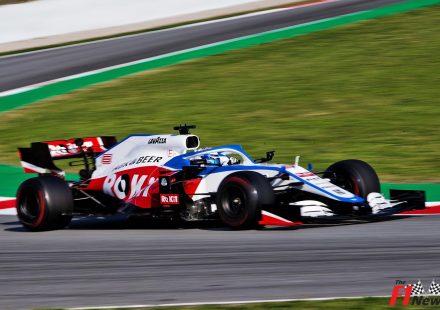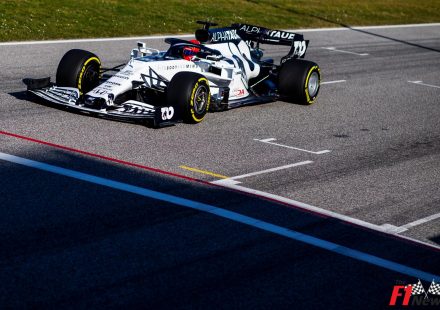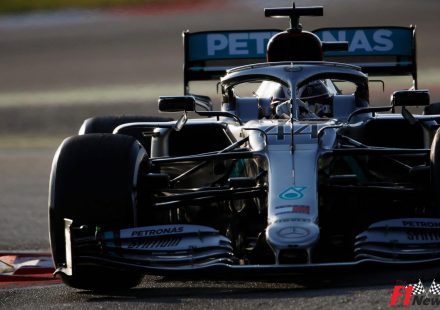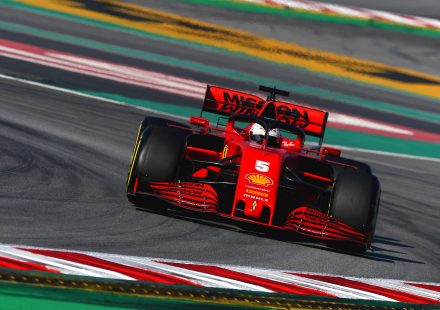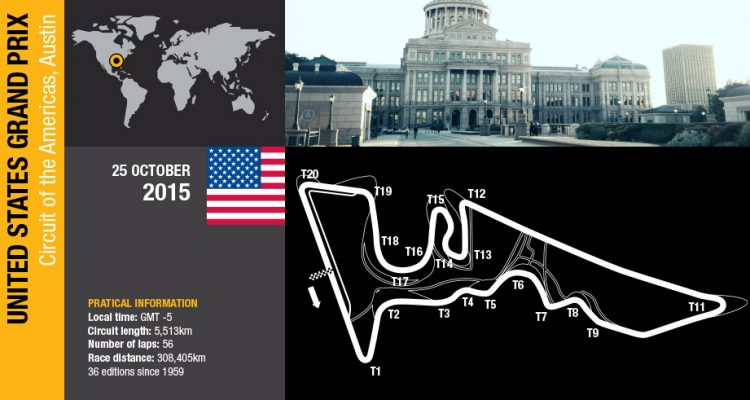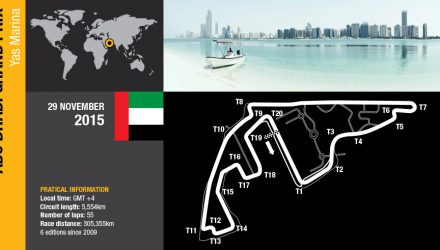Rémi Taffin, Director of Operations
There’s very little not to love about Austin and the United States GP. The setting is impressive, the welcome is warm and the track is one of the best we visit all year. There are some very impressive corners and flowing complexes that challenge drivers, engineers and the technology we use. The power unit works in the mid to high range throughout the lap, with high average speeds and some very technical sections.
We will have our new specification of power unit available to use in Austin. The principal changes involve the internals of the ICE to give improved power and efficiency. We know that introducing the new PU will incur a grid penalty so the decision to use will be made in full consultation with the teams. At this point of the season obviously points are crucial so if circumstances allow then we will use on track.
Whatever spec we do use, we are looking forward to Austin. Our reliability has been good in the last three races and performance more in line with our expectations; both our teams just need a clean weekend to show the improved potential of both packages.
Renault 2015 Fast Facts
The Circuit of the Americas was designed by circuit guru Hermann Tilke and includes homages to some of the greatest corners of the championship. The flowing section in Sector 1 is a replica of Silverstone’s Maggots and Becketts complex, while the tight section that opens Sector 3 resembles Hockenheim’s stadium section. The radial turns of 16 – 17 are a mirror image of Istanbul’s iconic Turn 8, which was also Tilke-designed.
The track is very demanding on the tyres, so engine engineers will work with the chassis teams to reduce wheelspin in the corners and tyre wear. With 20 corners in total, it’s crucial to make the balance as smooth as possible to lengthen tyre life.
The track runs anti-clockwise. This will put the drivers’ necks under pressure in the opposite way to ‘normal’ but it is not expected to pose any particular problem for the power units.
Focus on…what we love about Austin
The United States Grand Prix is one of the most popular events on the calendar amongst the F1 fraternity. But why is that? We spoke to Renault Sport F1’s team leader for Scuderia Toro Rosso, Cedrik Staudohar to understand:
‘We’ve been to Austin just three times, but it’s already got classic status amongst the team. The track is incredibly impressive. When you see Turn 1 for the first time it really surprises you. It’s even steeper than the Raidillon at Spa as it climbs more quickly in a shorter distance. You know about it when you are doing the track walk – it looks like a wall rising up above you, and you are definitely breathless at the top. When you do manage to get there, you go into the complex of flowing fast turns.
Along with Maggots-Beckett-Chapel at Silverstone and the Esses in Suzuka, it is one of the best sections of track of the season. Now there has been a lot more racing at the track the surface has rubbered in and I think every driver loves pushing through this complex, even though the first year we visited they compared it to a skating rink as there was so little grip!
‘The paddock is also particularly atmospheric. When you think of the States, you think larger than life, high tech…but the paddock buildings are quite old-style. Unlike some of the new tracks we visit like Abu Dhabi or Shanghai there are no huge buildings, sculpted gardens or giant hospitality units – we are in pre-fabricated buildings that look to have been put in place for the weekend. It’ seems a bit antiquated in comparison, but it just adds to the charm of the place.
‘Then of course we have the spectators. From the very first year the crowds have been amazing. Very passionate, vocal and lots of them, and it’s stayed the same year on year, which is great. There have been lots of Mexicans in the grandstands cheering for their drivers, which has made the atmosphere very good – we will see if there are as many this year as the Mexican Grand Prix is just one week later.
‘Then, last of all, we have the brilliant city of Austin. It’s a lively town and the people are very welcoming. Each night there’s a real party spirit and it gives a very festive ambiance – you feel like you are part of the community celebrating something huge. There are some excellent steakhouses too and a surf n’turf with local steak, crab and lobster is one of the highlights of the week. What’s not to love about that?’
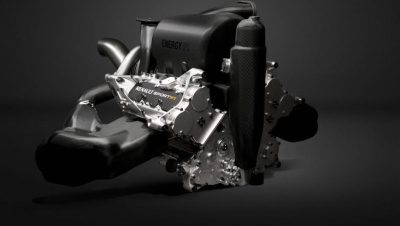 Power Unit details: ICE
Power Unit details: ICE
Austin is one of the most demanding tracks of the second part of the year for the ICE, with just under 50% of the lap taken at wide open throttle, rising to 55% in qualifying. The average speed will be around 200kph with top speed peaking at over 320kph.
The longest straight is the burst between Turns 11 and 12 at 1,016m. The power units will spend approx. 14secs at wide open throttle. Top speed is 325kph at the end of this straight in qualifying trim.
The changes in gradient stress the internals of the ICE. When going downhill the mechanical parts and lubricants are squashed to the bottom of the car but when going uphill they are pushed back upwards. These repeated changes of pressure are unusual on the calendar and will be monitored over the weekend to avoid any potential problems or pressure drops.
Turbocharger
Austin’s gradient changes are an important consideration. The run from pole to the first corner is the most acute example of the change in altitude. The track rises 25m over 500m – equivalent to a gradient of 1 in 20 but at its steepest is 1 in 8. This elevation change means the turbo rotates at a higher speed to generate the same amount of power at the top of the hill.
The low ambient humidity of the Texan grasslands has a big effect on the power units. The air will contain more oxygen and a naturally-aspirated ICE will generate more power, but the aridity is very taxing on the internals. A turbocharged engine mitigates this effect by varying the rotational speed to provide the correct amount of air to the ICE.
MGU-K
The circuit layout with its flowing corners in the first sector, straight line in the second sector and stop/start character of the last sector makes the consumption per kilometre one of the highest of the season. This makes energy recovery through braking crucial.
The third sector is very stop-start, but the hairpins and tight corners give the MGU-K a chance to recharge. At each corner, the driver will stamp on the brakes, putting large forces through the K and filling the battery once more.
Three hairpins triangulate the track; Turns 1, 11 and 12. Revs drop to 7,500rpm and the car speed to just 80kph. All three come after a long period of open throttle, meaning engine braking and rear stability on the apex are crucial. The exits and correct engine response from the hairpins are however equally important since they each lead back onto another straight.
MGU-H
A high percentage of Sector two is given to the long straight, which will give the MGU-H a chance to recover energy from the ICE.
The flowing section between Turns 2 and 4 require the driver to maintain a constant level of throttle. This will require the ICE to turn at a constant speed, producing a steady stream of exhaust gas, which the MGU-H can recover.

